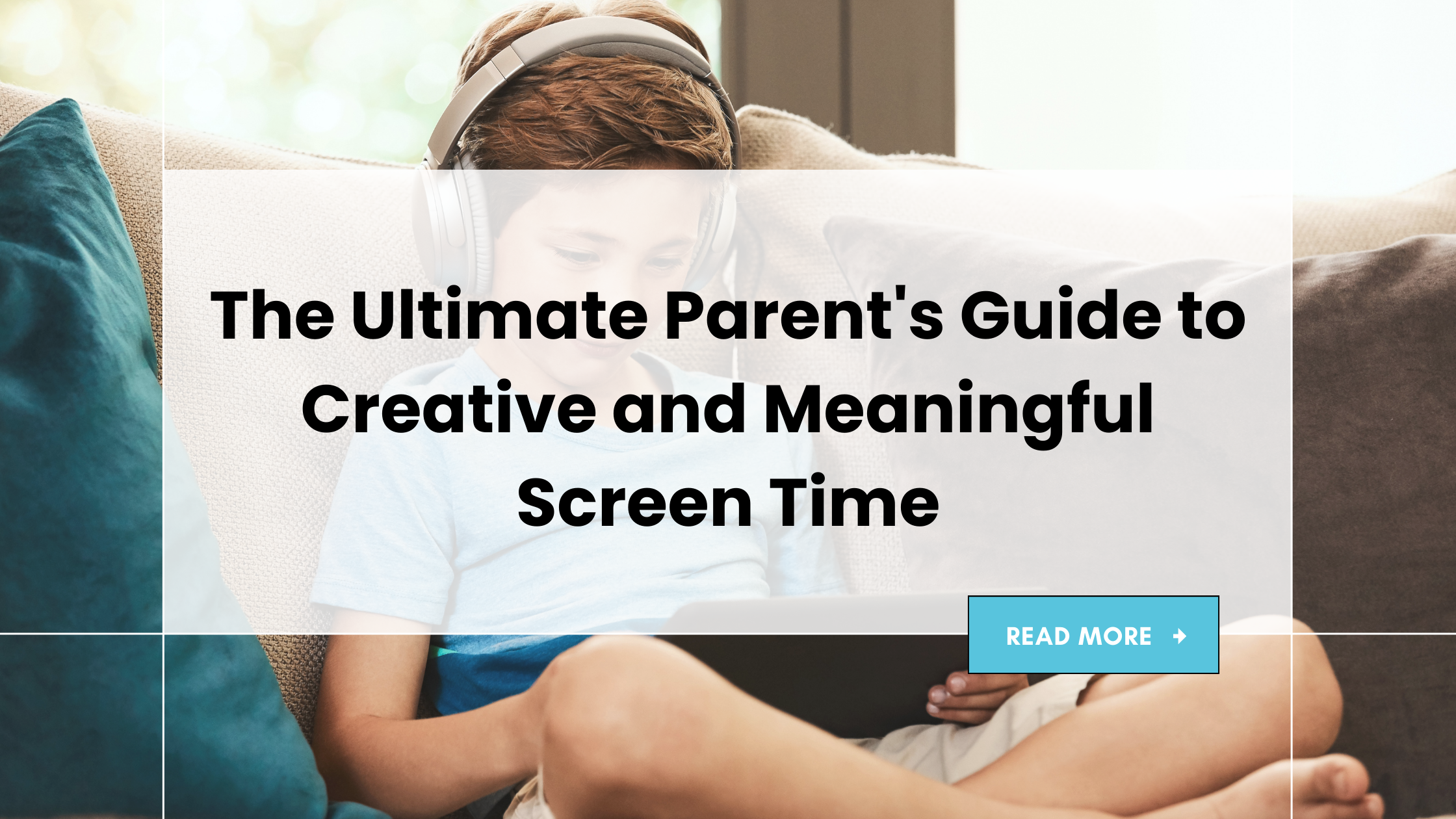
In today’s digital world, screen time is a reality for most families. While it often gets a bad reputation, not all screen time is created equal. When used intentionally, technology can inspire creativity, enhance problem-solving, and promote collaboration. This guide provides practical tips and ideas for turning screen time into a meaningful experience that benefits your child’s growth and development.
Storytelling apps like Roll20 and Syrinscape allow kids to immerse themselves in creative adventures while collaborating with friends. These platforms enable players to craft stories, design characters, and solve challenges together. Unlike passive entertainment, interactive storytelling encourages kids to think critically, make decisions, and contribute actively to the experience.
For parents, these apps offer a unique way to engage with kids by joining their adventures or discussing the decisions they make in-game. The emphasis on interaction helps turn screen time into a shared activity that promotes communication and connection.
Apps like Owlbear Rodeo and Foundry VTT provide kids with the tools to design intricate maps for their adventures. These platforms encourage spatial reasoning, creativity, and strategic planning. Kids can create everything from enchanted forests to futuristic cities, honing their design skills and imagination in the process.
Map creation also serves as a gateway to storytelling. As kids build their worlds, they start thinking about the characters, conflicts, and adventures that might unfold within them. This level of engagement transforms screen time into a creative outlet.
Games like Minecraft or strategy-based puzzles challenge kids to think critically and collaborate with others. These activities encourage them to plan, adapt, and overcome obstacles in a fun, interactive way. Whether it’s building a complex structure or solving a riddle to advance in the game, these experiences teach resilience and problem-solving.
Parents can enhance the value of these games by discussing strategies, encouraging teamwork, or setting challenges that align with educational goals. For example, asking kids to create a structure that can withstand certain conditions promotes both creativity and critical thinking.
Online collaboration platforms, such as shared whiteboards or brainstorming apps, allow kids to work together on projects in real time. These tools can be used for everything from designing fantasy worlds to solving group challenges. By collaborating with peers, kids learn communication skills and the importance of teamwork.
These platforms also provide opportunities for parents to join in, offering guidance or participating in creative projects. The emphasis on active collaboration makes screen time a tool for building connections and shared experiences.
To make screen time meaningful, it’s important to set boundaries and focus on activities that encourage growth. Here are some tips:
Screens don’t have to be a source of guilt or conflict. With the right approach, they can become a powerful tool for learning and creativity. By integrating purposeful screen time into your child’s routine, you’re setting the stage for meaningful growth and shared experiences.